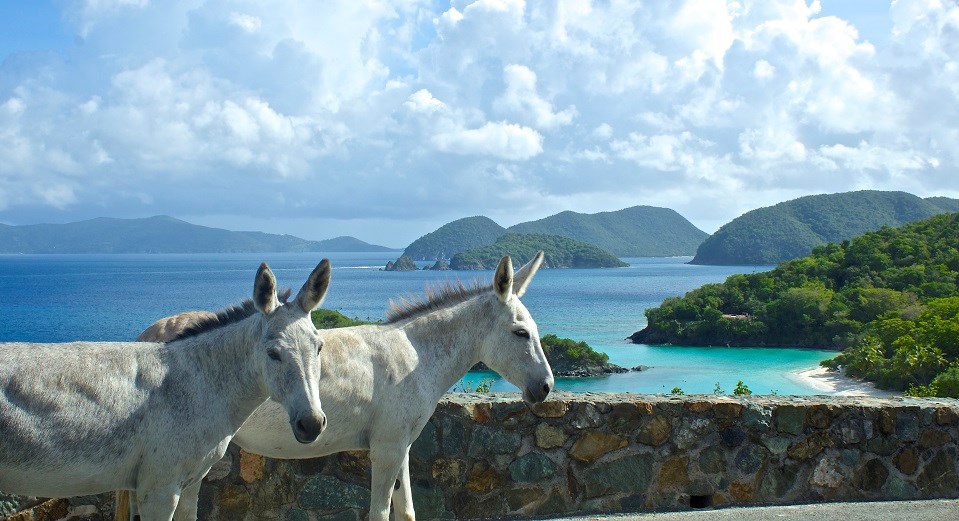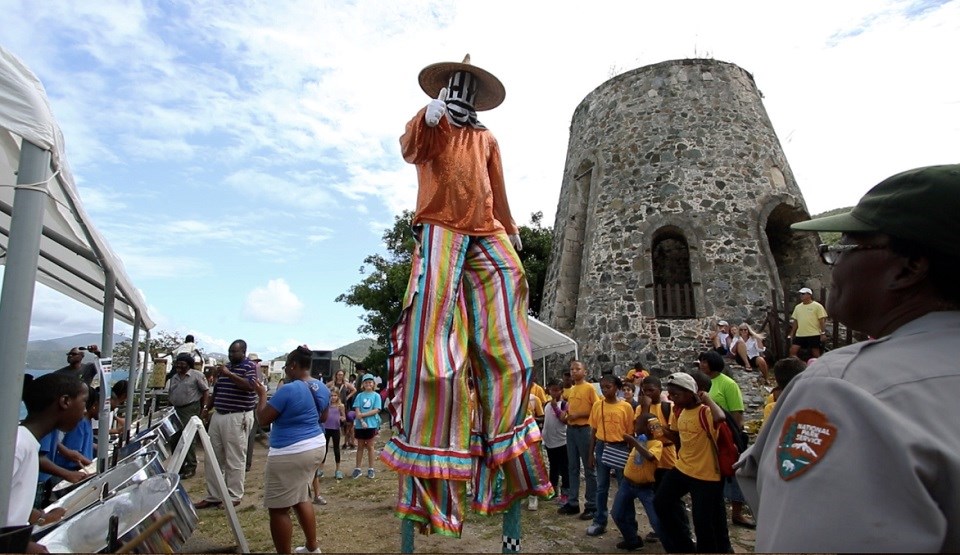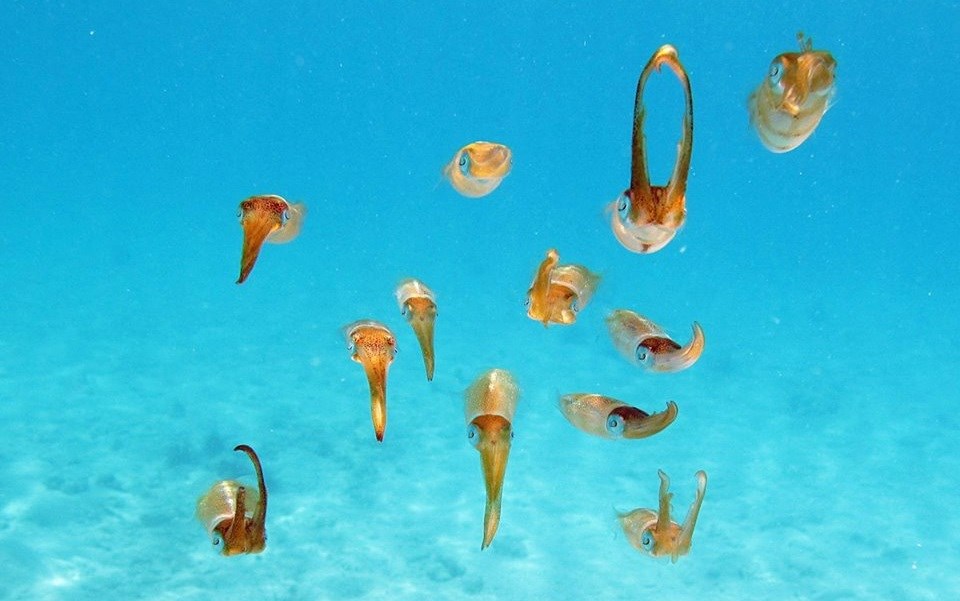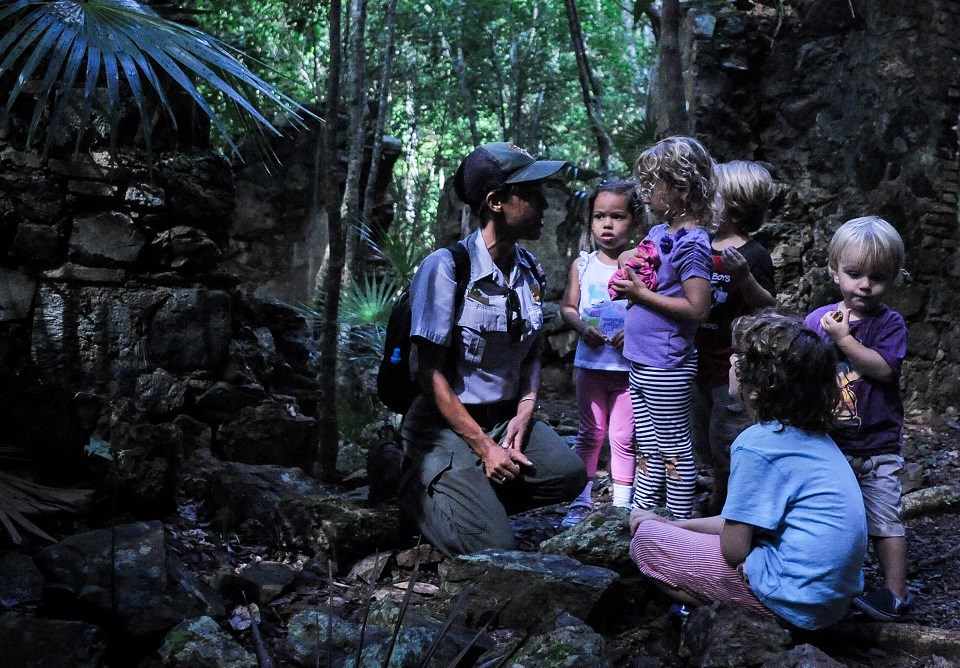Last updated: March 21, 2022
Article
National Park Getaway: Virgin Islands National Park
By Alanna Smith, Park Ranger, Virgin Islands National Park

NPS Photo/Alanna Smith
The park makes up two-thirds of the island of St. John in the Caribbean. Because of this, the island is largely free of the intensive development found at many other vacation destinations. A visit to this park offers hiking trails with sweeping ocean views, beautiful beaches, and historic ruins. The park visitor center is a great first stop when you arrive on St. John, located an easy wander from the ferry dock in Cruz Bay.

NPS Photo/Anne Finney
Denmark colonized St. John in 1718 in pursuit of riches from the sugar industry. Most of the park’s 20-plus hiking trails are historic Danish roads that were used to access the many plantations that dotted the landscape. The dynamic story of the sugar industry, the enslaved people, rebellion, and emancipation is told through the plantation ruins, many of which are still standing. Feral donkeys, St. John’s unofficial mascots, can be found roaming the island as living reminders of the plantation era.

NPS Photo/Caroline Rogers
After conquering the snorkel trail, there are endless advanced options for the more adventurous explorers. Visit the sea stars in the mangroves of Hurricane Hole or spot a spotted eagle ray at Waterlemon Bay. Kayak rentals provide an opportunity to access outer cays, like Whistling and Henley. These locations offer healthy coral reefs and varied marine life that may shy away from the more shallow waters. The Virgin Islands Coral Reef National Monument is an expanded protected area offshore that provides habitat for wildlife, including humpback whales and sea turtles.

NPS Photo/Carolyn Roust
Many visitors to St. John flee from frigid temperatures up north during the winter months— peak tourism season runs from December to February. But this park offers reasons to visit year-round, whether you are a beach lounger or avid adventurer.
